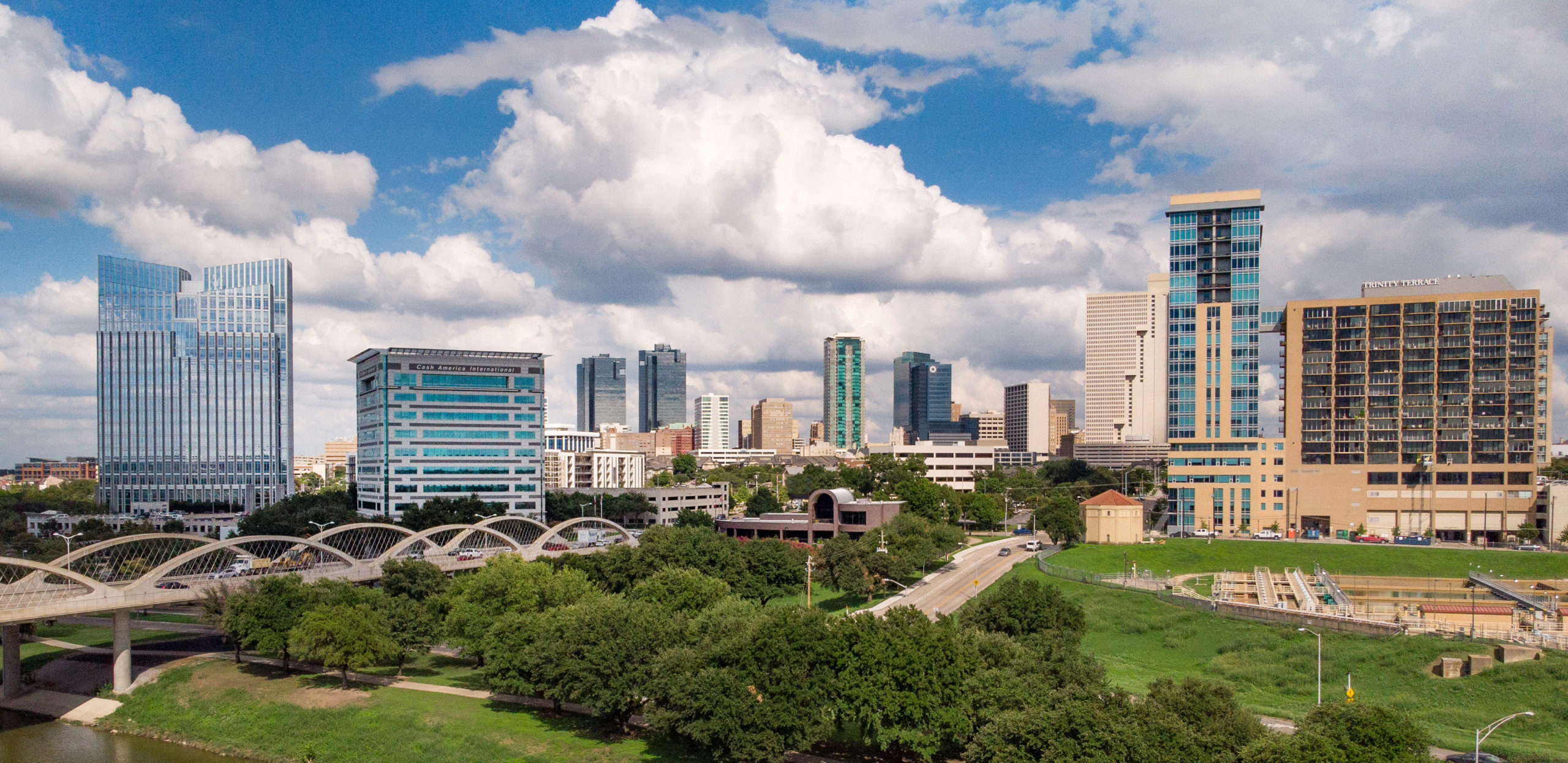In October, an analysis by relocation technology company moveBuddha predicted that Texas would be home to the three largest metro areas in the United States: Dallas-Fort Worth leading the way with 33.9M residents, Houston coming in second with 31.4M, and Austin in third with 22.3M. These three metros, which along with San Antonio form the so-called Texas Triangle, were the subject of more demographic news in November.
The Texas Demographic Center reported that the state added nearly 1.6 million residents from January 2020 to January 2023. Per the Texas Tribune, the Texas Triangle is now home to more than two-thirds of the state’s total population, a share that will continue to grow in the coming years. The state’s population grew by 4% overall in the three-year period.
What does the data say specifically about North Texas and Fort Worth?
In terms of raw population growth, no city in Texas saw a greater increase in residents than Fort Worth, which added nearly 50,000 people from January 2020 to January 2023. Its population is now just shy of 1 million people. At the county level, Tarrant County added the fifth most residents of Texas’ 254 counties with 56,489. Harris (114,318), Denton (89,088), Williamson (74,146), and Montgomery (69,971) were the only counties with a larger increase. As a percentage of population, Fort Worth grew by 5.3%, while Tarrant County grew by 2.7%.
In addition to Denton County’s strong growth, Parker County was the fourth-fastest growing county in Texas with a 15.5% increase in population since January 2020. The growth of Tarrant County’s neighbors is in line with the broader statewide trend of suburban and exurban areas outpacing large cities in population growth rate.
The rapid growth in and around Fort Worth and Tarrant County emphasizes the importance of continued investment in infrastructure to accommodate the influx of people. Transportation, mobility, water, and energy infrastructure will all need to remain a focus of policymakers to ensure the growth of Fort Worth is sustainable.
Quick Facts: According to the Texas Demographics Center, three quarters of Texas’ population growth is driven by migration from other states or international immigration. An analysis from earlier this year illustrated details about income migration across the Fort Worth area. Tarrant County itself showed little change in Adjusted Gross Income (AGI) between in-migrants and out-migrants. But neighboring counties demonstrated a pattern of higher income individuals moving in.
Top Headlines
National
State and Local
Upcoming Dates
- December 5: Fort Worth City Council Work Session, 1 p.m. at City Hall
- December 9: Texas Small Business Credit Initiative application deadline [More info]






